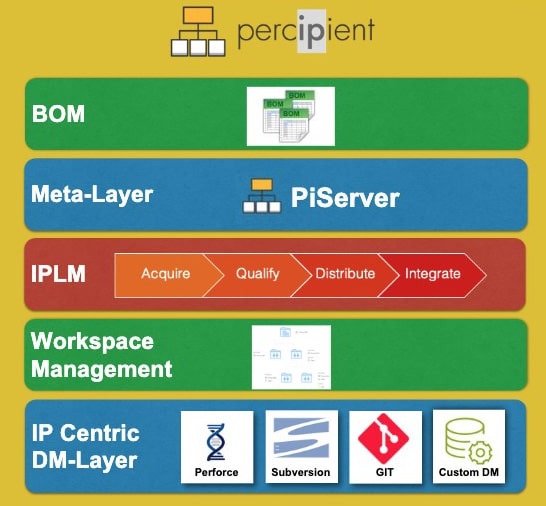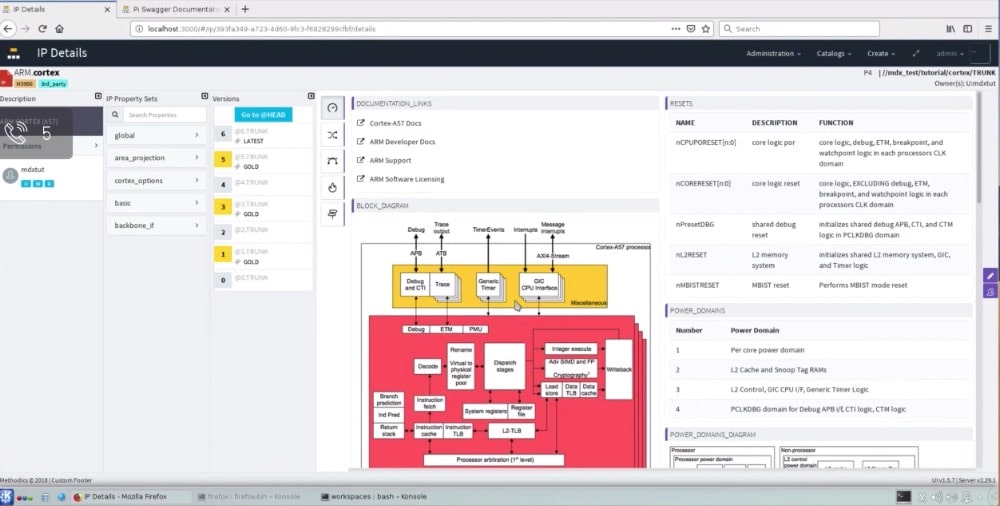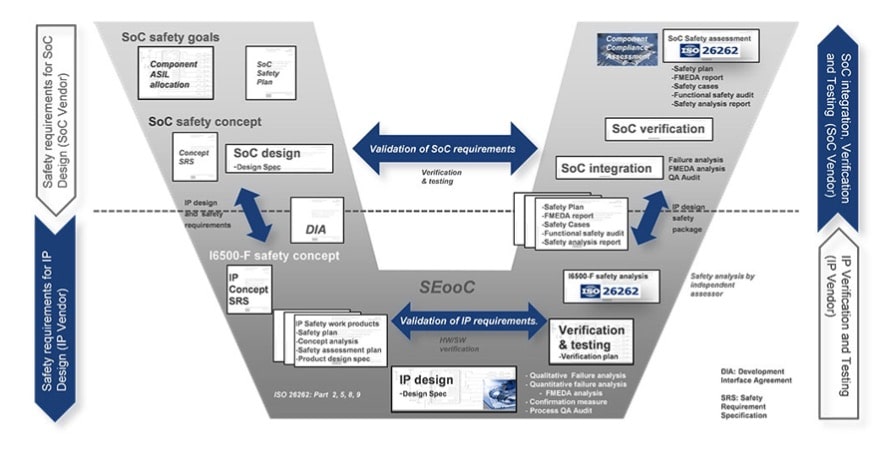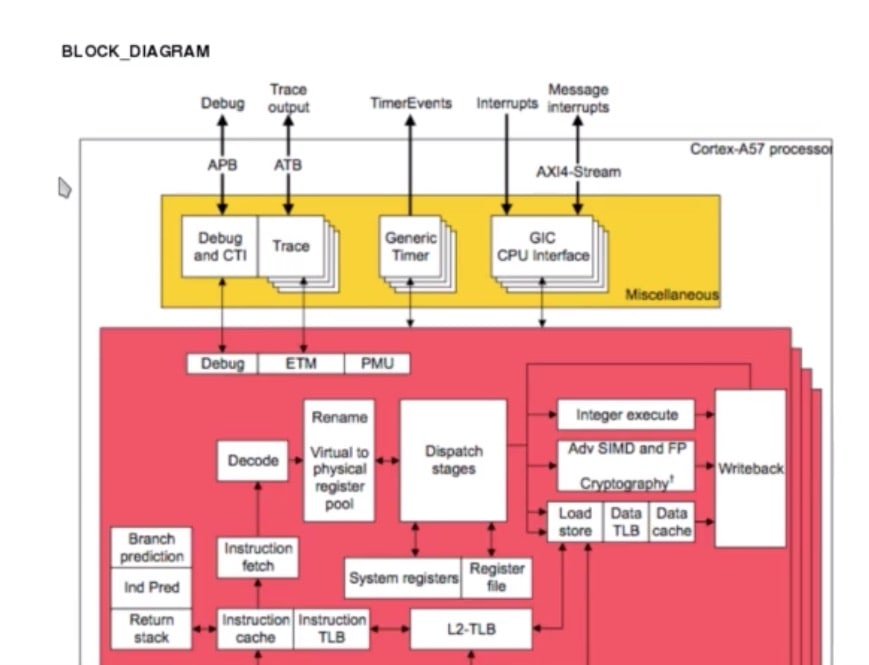Earlier this month I attended a webinar organized by Methodics on the topic of IP life cycle management and traceability, with three presenters and a Q&A session at the end. I’ve worked with Michael Munsey before and he was the first presenter. Semiconductor IP creation and re-use is the foundation of all modern IC designs, and keeping track of hundreds to thousands of IP blocks along with design scripts and verification results becomes a complicated process very quickly, especially if you’re still using a manual approach.
Methodics provides products in three major areas:
- IP Lifecycle Management – percipient, versic
- Enterprise Data Storage Acceleration – warpstor
- Scaleable, Massively Parallel Job Execution – arrow
This webinar was focused on IP Lifecycle Management, aka IPLM. The company has been around since 2006, has an HQ in SFO, and is staffed with 32 professionals in the USA, Europe and Pacific Rim. Their tools work with popular vendors, like: Perforce, Siemens, Cadence, Synopsys, Jama and neo4j.
The percipient tool has five layers of abstraction, as shown below, where engineers have in a single place to access all of the information about their IC design and can track release management and versions.

Rien Gahlsdorf then gave us a live demo of percipient showing multiple ways to use the tool: command line, web, Cadence, API. Percipient is built on top of a DM system, then manages both meta-data and releases. Users can recall all IPs for any release made earlier, manage all file types, manage IP hierarchy, attach meta data to an IP, view layout, view schematics, review the design state. Making a new release can automatically trigger scripts: Simulations run, requirements checked.

Michael talked about functional safety (FuSa) and the challenges of complying with the ISO 26262 standard where traceability is a requirement from specification to design, verification and release.

The Methodics approach has a link from requirements through design and verification, enabling compliance with the ISO 26262 standard. Rien demonstrated a second time showing requirements in jama, making a release with Perforce, checking in IP with the latest version, and how a release can trigger scripts to run.
To make ISO 26262 compliance easier the percipient tool comes with IP templates that are configured with properties and attributes. There are survey and doc templates that automate the collection and FuSa interview responses.
In the final demo Rien showed how the percipient tool helps capture all meta-data throughout the entire design process, and automates release management. Documentation is even automated with percipient, where each IP gets a chapter in the design documentation, along with all meta-data entered, hyperlinks added and property values shown.

Q&A
Q: There are other traceability products, like from IBM, so why percipient?
A: percipient allows management of IP, traceability, FuSa compliance, etc. We know how to build a design BOM. Verification, design and requirements are all traceable. This was built from the ground up to achieve this.
Q: Is it possible to capture document and code reviews?
A: Usually within GIT you would use that code review feature, natively.
Q: How do you track a family of data?
A: In the demo we showed data types, there are no restrictions, you can have tables, graphs, charts, families of related data, hierarchical tables.
Q: is percipient DM agnostic?
A: Yes, we work with all the popular DM tools, plus we offercustom support as well. GIT, Perforce, Sharepoint, etc.
Summary
The percipient tool enables traceability from Design to Release to Verification. No more manual, error-prone engineering practices.
To view the webinar video archive visit here.
Related Blogs
Share this post via:







Quantum Computing Technologies and Challenges